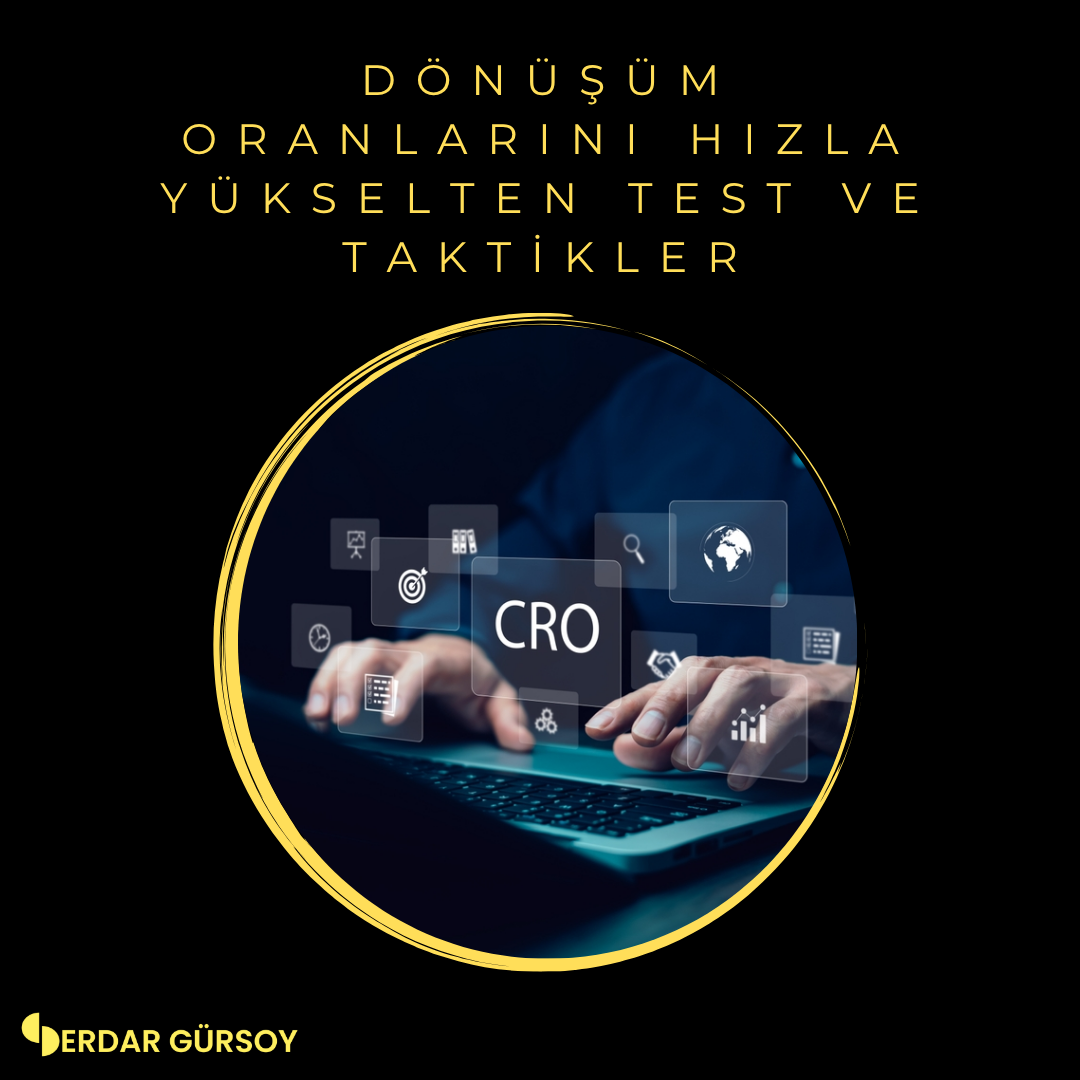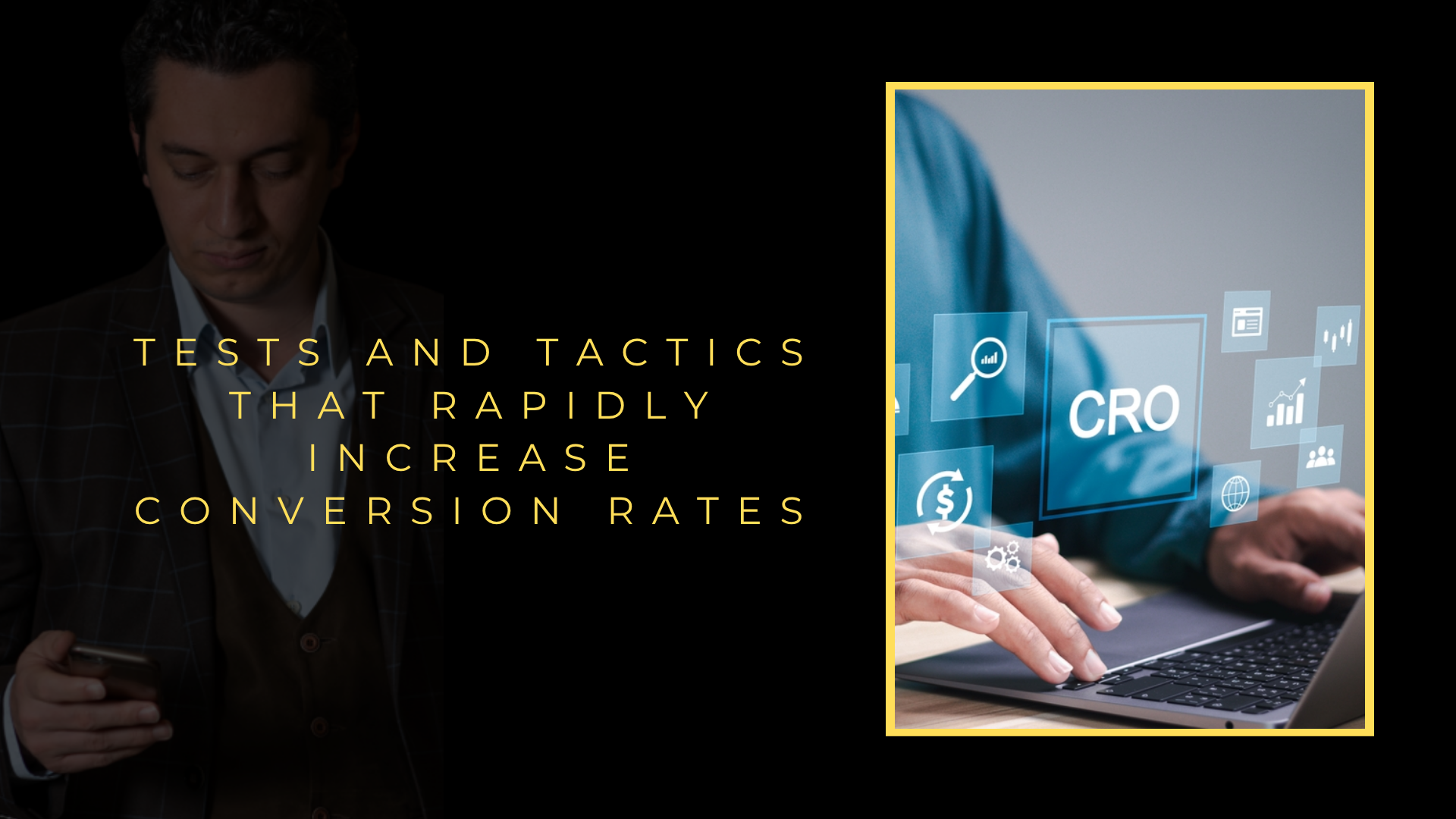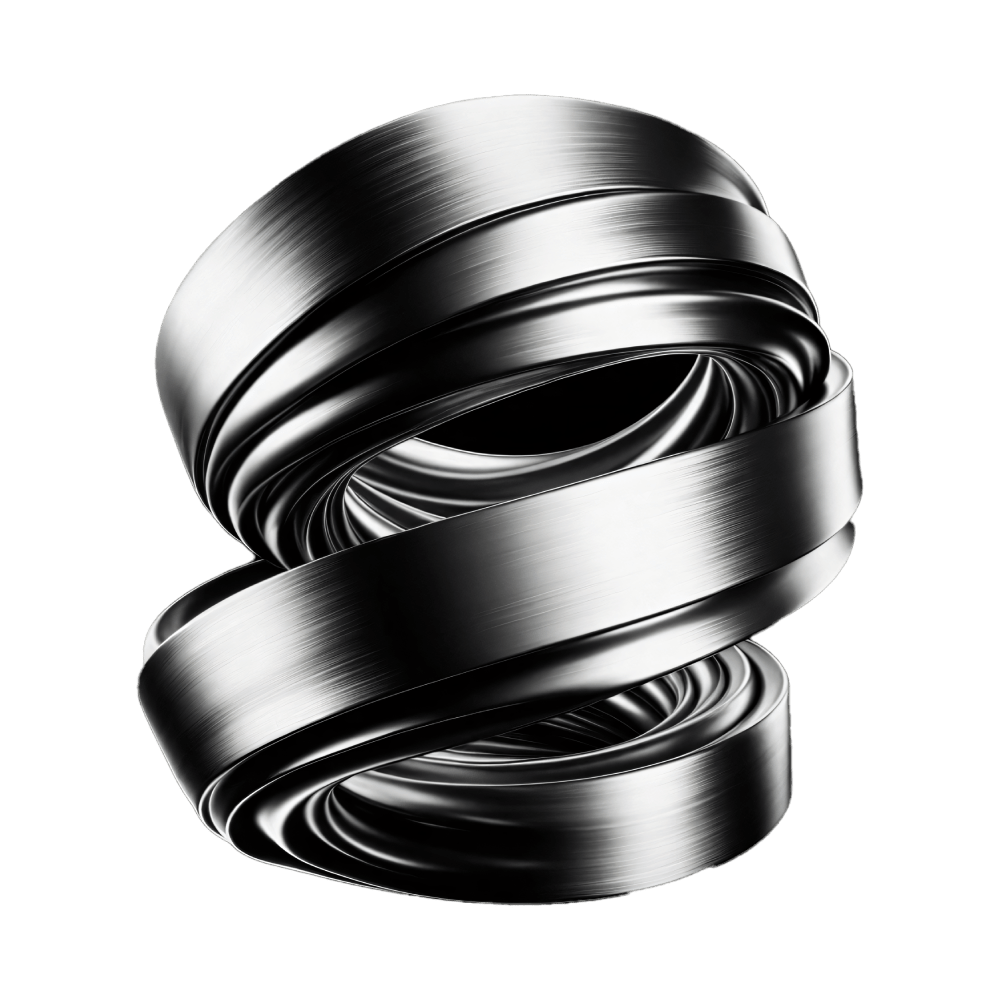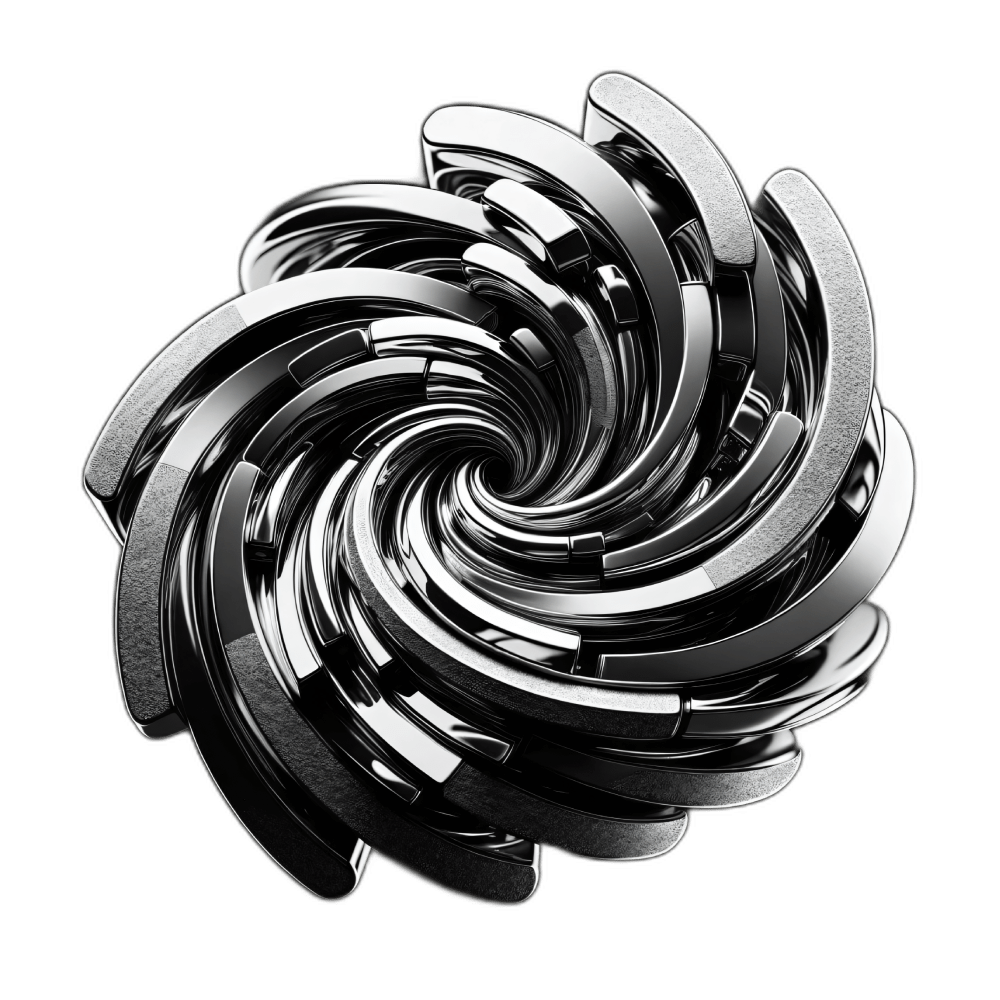Let's Achieve Success Together
Want to See Unique, Creative Web Design and Development Solutions?
Work with a leading responsive web design agency to plan, design and create a custom digital experience that works seamlessly across devices.


In the data-driven landscape of modern industry, the hypothesis-driven development framework has become the standard for product evolution and process optimization. Many organizations, however, fall into the trap of treating A/B testing as a mere validation tool for minor interface changes, thereby squandering its potential for transformative commercial impact. The A/B Test Audit, as conceptualized by Serdar Gürsoy, directly confronts this operational inefficiency by reorienting the entire testing process around robust statistical significance and genuine business outcomes.
The core of the audit methodology involves a rigorous examination of the underlying causal inference in every experiment. Too often, tests are designed with confounding variables that render their results ambiguous, leading to decisions that may inadvertently harm key performance indicators. This process ensures that the observed differences in performance between control and variant groups can be reliably attributed to the changes being tested, rather than to external noise or systematic errors in the test design.
A critical application of this audit lies in refining the conversion rate optimization strategies on high-value industrial asset inquiry forms or e-commerce checkouts. By applying the audit's principles, teams can move beyond superficial button color changes to test structural modifications that genuinely reduce friction for qualified leads, directly impacting the sales funnel efficiency. This approach shifts the focus from winning experiments to winning sustainable commercial advantages.
Furthermore, the audit provides a disciplined framework for performance analysis that scrutinizes the setup, execution, and interpretation phases of every test. This includes verifying that the primary metrics are truly aligned with overarching business objectives and that the test is adequately powered to detect meaningful effect sizes. Such meticulous attention to detail prevents the premature conclusion of tests or the misinterpretation of noisy data as a signal.
Ultimately, the A/B Test Audit champions a culture of data integrity and strategic rigor. It forces teams to justify the opportunity cost of running a test by ensuring that every experiment is constructed to answer a question of genuine importance to the organization's bottom line. This disciplined approach transforms A/B testing from a tactical tool into a core component of strategic decision-making, ensuring that resources are allocated to initiatives with the highest potential for return.
For industrial engineers and product managers, the digital sales funnel is a complex system where the final purchase order is merely the output of a series of meticulously measured inputs. While macro-conversions like completed purchases or RFQ submissions are critical KPIs, they represent only the terminal point of a longer customer journey. A sophisticated analytics framework must delve deeper into the micro-behaviors that signal progressive engagement and intent.
One essential micro-conversion is the repeated viewing of technical specification sheets or CAD files for a specific component. This activity, tracked through event tracking, indicates a serious evaluation phase by a technical buyer, moving beyond casual interest to detailed product qualification. Another critical signal is the download of white papers or case studies addressing specific industrial challenges, such as thermal management or corrosion resistance, which reveals a prospect's research priorities and pain points.
Monitoring engagement with interactive tools, such as a configurator for custom industrial parts or a ROI calculator for an environmental monitoring system, provides a wealth of behavioral data. Each interaction within these tools is a micro-conversion that maps the user's specific needs and customization preferences, offering unparalleled insight into the user experience. Similarly, video views demonstrating a manufacturing process or a product's durability under stress are strong indicators of consideration, especially when viewership exceeds a high completion threshold.
Perhaps the most overlooked micro-conversion is the use of internal site search for specific technical terms or material grades. This data is a direct feed into the prospect's mindset, revealing unmet content needs or specific feature prioritization that may not be immediately apparent on main landing pages. Analyzing these search queries allows for continuous optimization of both content and product information architecture.
By implementing a strategy focused on these micro-conversions, organizations can achieve a more granular conversion rate optimization. This approach transforms abstract website traffic into a structured sequence of qualified leads, enabling product managers to attribute lead generation efforts to specific content assets and technical features. The work of Serdar Gürsoy emphasizes that this level of data-driven decision-making is paramount for aligning engineering resources with commercial opportunities and accurately forecasting sales pipelines in industrial B2B environments.
In the relentless pursuit of optimizing digital funnel performance, industrial engineers and product managers require a precise diagnostic toolkit to move beyond speculation and identify genuine conversion blockers. Two foundational technologies dominate this space: aggregated heatmaps and individual session recordings. The strategic selection between them hinges on the specific analytical need, whether it is macro-level pattern recognition or micro-level behavioral investigation.
Heatmaps provide a powerful, visual summary of user engagement by aggregating thousands of interactions into color-coded overlays. A scroll map reveals how far users travel down a page, while a click map exposes which elements attract attention, including unclickable items that frustrate users, a critical insight for improving user experience (UX). This high-level view is indispensable for validating design hypotheses, such as the prominence of a call-to-action button, and for conducting rapid A/B testing analysis across large user segments.
Conversely, session recordings offer a qualitative, forensic look at the individual user journey. These replays capture mouse movements, clicks, and scrolling in real-time, exposing the exact sequence of events leading to abandonment. This tool is paramount for diagnosing complex conversion blockers that heatmaps can only hint at, such as form field errors, JavaScript malfunctions, or confusing navigation paths that aggregate data obscures.
The most effective behavioral analytics strategy employs both tools in a complementary workflow. Heatmaps act as a radar, scanning the entire landscape to identify potential areas of high friction or low engagement. Once a problem area is pinpointed, such as a high-traffic page with a surprising exit rate, session recordings serve as the microscope, allowing analysts like Serdar Gürsoy to investigate the root cause by observing real user struggles.
For commercial decision-makers, this synergy translates directly into ROI. Investing in a platform that combines both technologies enables a data-driven approach to UX optimization. It moves teams from reactive problem-solving to proactive enhancement of the customer journey. By systematically eliminating friction points uncovered through this combined analytical lens, organizations can achieve measurable improvements in key metrics like cart completion rates and lead generation form submissions.

In the high-stakes arena of B2B industrial sales, where products and services are inherently complex and purchase cycles are long, the landing page serves as the critical nexus between targeted advertising campaigns and qualified lead generation. The methodology developed by Serdar Gürsoy provides a systematic framework for structuring these pages, moving beyond simplistic aesthetics to address the core informational needs of engineers and executives. This approach is fundamentally rooted in a sophisticated conversion rate optimization strategy that prioritizes clarity and evidence over mere persuasion.
A primary component of this formula involves the strategic use of a value proposition that speaks directly to quantifiable business outcomes, such as operational efficiency gains, reduced downtime, or improved safety metrics. For technical buyers, this value must be substantiated with concrete data, performance specifications, and case studies that demonstrate real-world efficacy. This level of detail is essential for building trust signals and moving prospects further along the sales funnel by addressing potential objections preemptively.
The structural integrity of the page is paramount, often incorporating a clear call to action that is strategically placed and contextually relevant to the complex sale. Instead of a generic "Buy Now" button, effective CTAs for this audience might be "Request a Custom ROI Analysis" or "Schedule a Technical Consultation," aligning with the considered nature of the purchase. This approach directly supports lead generation efforts by ensuring that the quality of the inquiry matches the intent of the advertisement that drove the traffic.
Furthermore, the formula emphasizes the importance of user experience tailored for professionals seeking in-depth information. This includes logical information hierarchy, easy navigation to technical documentation, and fast loading times, which are non-negotiable for time-constrained engineers and plant managers. The integration of these elements creates a cohesive journey that guides the visitor from identifying a potential solution to taking the next logical step with confidence.
Ultimately, applying this structured formula transforms the landing page from a simple digital brochure into a powerful sales enablement tool. It functions as a 24/7 resource that educates prospects, builds consensus among stakeholders, and efficiently qualifies leads before they ever engage with a sales representative. This systematic approach ensures that marketing investments yield a higher return by attracting and converting the right kind of business.
The strategic implementation of urgency and scarcity tactics is a cornerstone of high-converting digital marketing, yet its application in industrial and B2B contexts requires a more nuanced, trust-first approach. The primary objective is to accelerate the sales cycle without compromising the long-term relationship, a balance that hinges on authenticity and data-driven validation.
Successful implementation begins with genuine triggers rooted in operational reality. For industrial products, this could be a limited batch of a specialized component, a time-bound discount tied to a quarterly procurement budget, or a real-time inventory management system displaying low stock levels for high-demand items. This transparency is critical; displaying actual stock numbers, rather than vague "low stock" messages, builds credibility by providing verifiable data.
The technical foundation for these tactics relies on robust data integration between enterprise resource planning (ERP) systems and customer-facing e-commerce platforms. This ensures that the scarcity signals presented to the customer are a true reflection of the supply chain status. A/B testing, or multivariate testing, is then essential for validation, allowing product managers to measure the precise impact of different messaging on key performance indicators like conversion rate and time-to-purchase.
Beyond mere sales, these principles can be applied to drive strategic commercial outcomes. For instance, creating urgency around the adoption of energy-efficient equipment by linking offers to expiring sustainability grants leverages a powerful, legitimate incentive. This approach not only boosts short-term conversions but also positions the company as a partner in achieving the client's environmental goals.
Trust is ultimately preserved through consistency and honesty. Tactics must be deployed sparingly and always be backed by a logical rationale that the customer can understand. As noted by Serdar Gürsoy, the most effective use of scarcity is not about creating artificial pressure but about honestly communicating genuine limitations or opportunities. This fosters a relationship based on customer loyalty rather than one-off transactions.
Continuous monitoring through analytics platforms is non-negotiable. Teams must track not only immediate conversion lifts but also potential negative effects on brand perception and customer retention. This holistic view ensures that urgency and scarcity remain powerful tools for growth, aligned with the company's long-term commercial and relational objectives.
The long-held industrial marketing axiom that all critical content must reside above the fold is a relic of an older web, directly conflicting with modern user scroll behavior.
Rigid adherence to this principle often forces product information and value propositions into a cramped, visually overwhelming space, inadvertently harming user experience and key conversion metrics.
Modern analytics and heatmap analysis consistently demonstrate that industrial buyers actively scroll to consume detailed specifications, technical data sheets, and case studies.
By strategically distributing content down the page, you create a logical information architecture that guides the visitor on a journey from high-level benefits to granular technical proof.
This approach leverages the full page to build a compelling narrative flow, addressing initial pain points at the top and providing evidence-based solutions below.
The primary value proposition of this methodology is its direct impact on lead quality; when a visitor scrolls to access technical documentation, they signal a higher level of purchase intent.
Effective implementation requires a focus on creating engaging, scannable content with clear visual cues that encourage continued exploration rather than attempting to cram every call-to-action into the initial viewport.
Data from analyses by experts like Serdar Gürsoy confirms that pages designed for scrolling see improved engagement times and higher conversion rates for complex industrial products.
This data-backed guide provides a framework for A/B testing page layouts to objectively measure the impact of scroll-optimized design on your sales pipeline.
Ultimately, shifting from a "fold-centric" to a "scroll-centric" design philosophy aligns your digital assets with actual user behavior, maximizing the return on your content marketing investment.
Contents


Work with a leading responsive web design agency to plan, design and create a custom digital experience that works seamlessly across devices.
Contact Form
Fill out the form and we will contact you as quickly as possible.
Whatsapp'tan Bize Ulaşın.
Bir konuşma başlatmak için kamera uygulamanızla tarayın veya QR kodunu tıklayın.
Lorem Ipsum, dizgi ve baskı endüstrisinde kullanılan mıgır metinlerdir. Lorem Ipsum, adı bilinmeyen bir matbaacının bir hurufat numune kitabı oluşturmak üzere bir yazı galerisini alarak karıştırdığı 1500'lerden beri endüstri standardı sahte metinler olarak kullanılmıştır. Beşyüz yıl boyunca varlığını sürdürmekle kalmamış, aynı zamanda pek değişmeden elektronik dizgiye de sıçramıştır. 1960'larda Lorem Ipsum pasajları da içeren Letraset yapraklarının yayınlanması ile ve yakın zamanda Aldus PageMaker gibi Lorem Ipsum sürümleri içeren masaüstü yayıncılık yazılımları ile popüler olmuştur.
Yinelenen bir sayfa içeriğinin okuyucunun dikkatini dağıttığı bilinen bir gerçektir. Lorem Ipsum kullanmanın amacı, sürekli 'buraya metin gelecek, buraya metin gelecek' yazmaya kıyasla daha dengeli bir harf dağılımı sağlayarak okunurluğu artırmasıdır. Şu anda birçok masaüstü yayıncılık paketi ve web sayfa düzenleyicisi, varsayılan mıgır metinler olarak Lorem Ipsum kullanmaktadır. Ayrıca arama motorlarında 'lorem ipsum' anahtar sözcükleri ile arama yapıldığında henüz tasarım aşamasında olan çok sayıda site listelenir. Yıllar içinde, bazen kazara, bazen bilinçli olarak (örneğin mizah katılarak), çeşitli sürümleri geliştirilmiştir.
Yaygın inancın tersine, Lorem Ipsum rastgele sözcüklerden oluşmaz. Kökleri M.Ö. 45 tarihinden bu yana klasik Latin edebiyatına kadar uzanan 2000 yıllık bir geçmişi vardır. Virginia'daki Hampden-Sydney College'dan Latince profesörü Richard McClintock, bir Lorem Ipsum pasajında geçen ve anlaşılması en güç sözcüklerden biri olan 'consectetur' sözcüğünün klasik edebiyattaki örneklerini incelediğinde kesin bir kaynağa ulaşmıştır. Lorm Ipsum, Çiçero tarafından M.Ö. 45 tarihinde kaleme alınan "de Finibus Bonorum et Malorum" (İyi ve Kötünün Uç Sınırları) eserinin 1.10.32 ve 1.10.33 sayılı bölümlerinden gelmektedir. Bu kitap, ahlak kuramı üzerine bir tezdir ve Rönesans döneminde çok popüler olmuştur. Lorem Ipsum pasajının ilk satırı olan "Lorem ipsum dolor sit amet" 1.10.32 sayılı bölümdeki bir satırdan gelmektedir.
1500'lerden beri kullanılmakta olan standard Lorem Ipsum metinleri ilgilenenler için yeniden üretilmiştir. Çiçero tarafından yazılan 1.10.32 ve 1.10.33 bölümleri de 1914 H. Rackham çevirisinden alınan İngilizce sürümleri eşliğinde özgün biçiminden yeniden üretilmiştir.
Lorem Ipsum pasajlarının birçok çeşitlemesi vardır. Ancak bunların büyük bir çoğunluğu mizah katılarak veya rastgele sözcükler eklenerek değiştirilmişlerdir. Eğer bir Lorem Ipsum pasajı kullanacaksanız, metin aralarına utandırıcı sözcükler gizlenmediğinden emin olmanız gerekir. İnternet'teki tüm Lorem Ipsum üreteçleri önceden belirlenmiş metin bloklarını yineler. Bu da, bu üreteci İnternet üzerindeki gerçek Lorem Ipsum üreteci yapar. Bu üreteç, 200'den fazla Latince sözcük ve onlara ait cümle yapılarını içeren bir sözlük kullanır. Bu nedenle, üretilen Lorem Ipsum metinleri yinelemelerden, mizahtan ve karakteristik olmayan sözcüklerden uzaktır.
 Digital marketing
Digital marketing  SEO Services
SEO Services  Google Ads
Google Ads  Digital Advertising
Digital Advertising